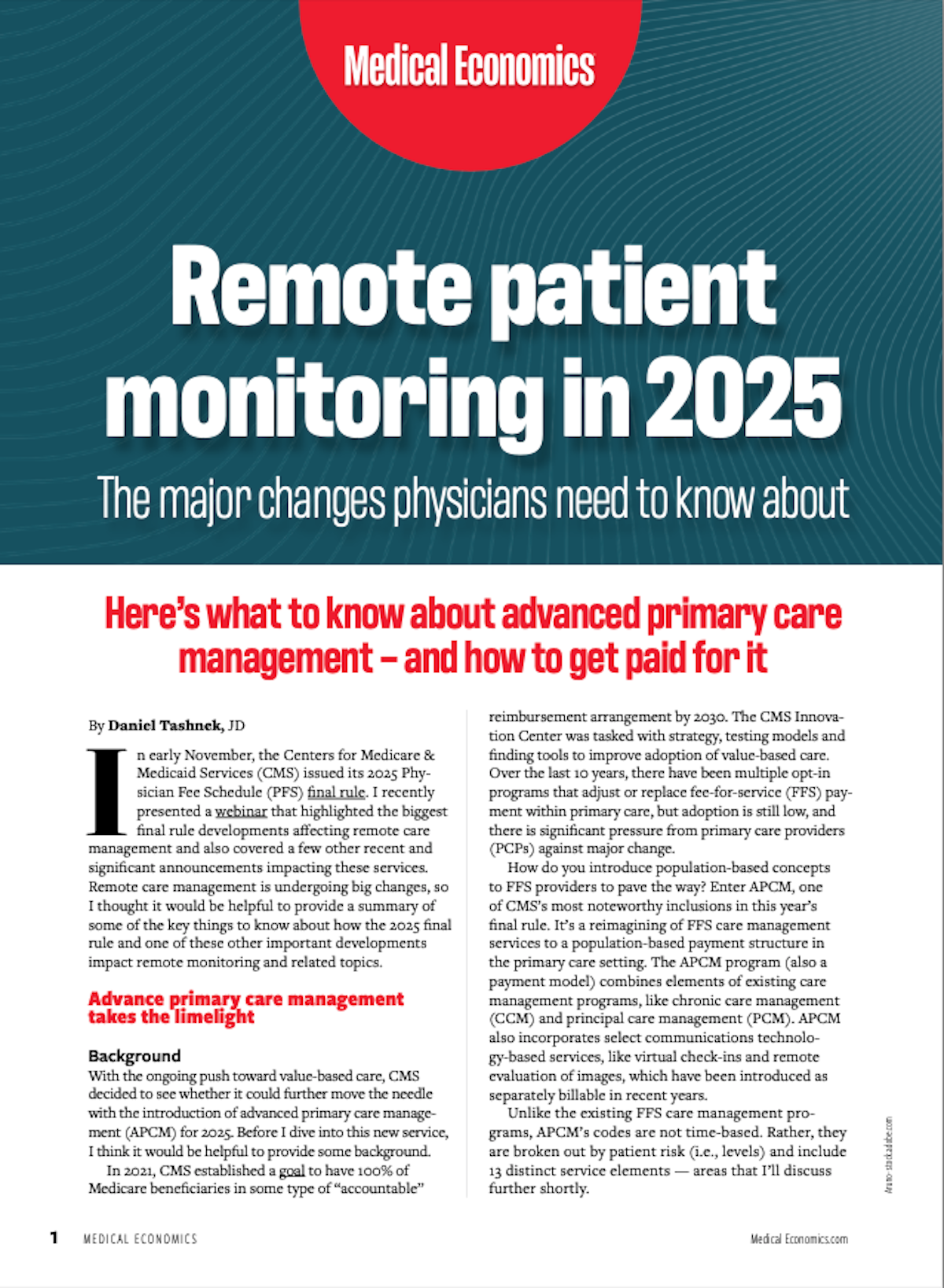News
Article
Doctors spending less time on EHR documentation following coding requirement changes
Author(s):
But time reduction is “not clinically meaningful,” study finds
A Centers for Medicare & Medicaid Services (CMS) effort to reduce physician EHR documentation burden has fallen short of its predicted results, a research letter in JAMA Health Forum concludes.
Early in 2021 CMS modified its evaluation and management (E/M) coding requirements for outpatient visits to eliminate the need for history and physical exam documentation. The agency estimated the changes would reduce documentation time by an average of 19 seconds per visit.
To measure the impact of the changes, a team of researchers analyzed time spent on EHR documentation among more than 18,000 physicians nationwide from September 2020—before the changes were implemented--through the end of 2021. All the clinicians in the study were using the Cerner Lights On Network EHR.
The authors focused on four specialties with differing E/M volume: family and internal medicine (both with high volume), cardiology (moderate volume) and orthopedics (low volume.) They measured notes documentation time in minutes per visit based on frequent software, keyboard and mouse actions.
They found that in the four months following the change there was no difference in mean documentation time among three of the specialties (internal medicine, cardiology and orthopedics), while documentation time for family medicine physicians increased by 4.8 seconds.
From May 2021 through the end of the study they found “small reductions in documentation time…but not at clinically meaningful levels” for all the specialties: 16.2 seconds for internal medicine, 13.8 seconds for family medicine, 12.6 seconds for cardiology, and 6.6 seconds for orthopedics.
The study had several limitations, including that it focused on a single EHR vendor and didn’t distinguish time spent on different documentation domains. “It’s possible that reductions in documentation in the domains affected by the CMS regulations freed up time…used for higher-value documentation,” the authors noted.
Moreover, they said, “even if total documentation time is not dramatically reduced, the scaled-back E/M requirements could reduce physicians’ cognitive burden and improve their work experience.”
The study, “Physician Electronic Health Record Use After Changes in US Centers for Medicare & Medicaid Services Documentation Requirements” was published online May 12, 2023, in JAMA Health Forum.






